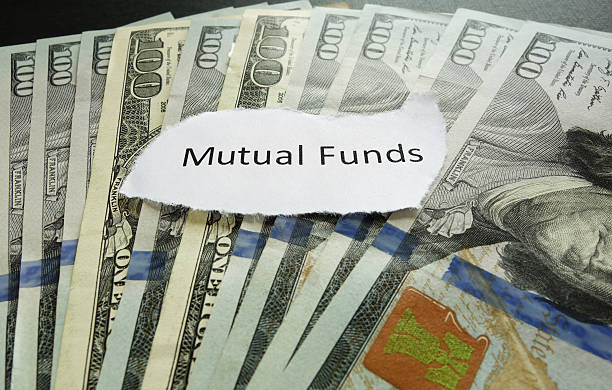Investing in tax saving mutual funds, or Equity Linked Savings Schemes (ELSS), can be a smart financial move. These funds not only help you save taxes under Section 80C but also offer the potential for wealth creation through equity market investments. However, investors often make mistakes that can undermine the benefits of investing in ELSS. In this article, we’ll discuss some common mistakes to avoid when investing in tax saving mutual funds.
1. Focusing Solely on Tax Saving
One of the most common mistakes investors make is focusing only on the tax-saving aspect without considering the investment’s long-term potential. While ELSS funds offer tax deductions up to ₹1.5 lakh, they are primarily equity investments that come with inherent risks and potential rewards. Investing solely for tax benefits without evaluating the fund’s performance, risks, and alignment with your financial goals can lead to suboptimal results.
2. Ignoring the Lock-in Period
ELSS funds have a mandatory lock-in period of three years, which is the shortest among all Section 80C investments. However, many investors overlook this lock-in period and invest in ELSS without considering their liquidity needs. If you need funds before the lock-in period ends, you will not be able to access your investment. Plan your investments with a clear understanding that the invested amount will be locked in for at least three years.
3. Choosing Funds Based on Past Performance Alone
Past performance is often used as a benchmark for selecting mutual funds. While it’s essential to look at a fund’s historical returns, making a decision based solely on past performance can be misleading. Market conditions change, and a fund that performed well in the past may not necessarily continue to do so. Consider other factors such as the fund manager’s track record, expense ratio, and the fund’s portfolio.
4. Not Diversifying Investments
Many investors put all their money into one ELSS fund to maximize their tax benefits. This can be risky, especially if the chosen fund underperforms. It’s better to diversify your investments across two or three different ELSS funds with varying investment strategies and sector exposures. Diversification helps in spreading risk and increases the chances of getting good returns.
5. Timing the Market
Investors often try to time their entry and exit in the market, hoping to buy at a low and sell at a high. This strategy rarely works, especially with ELSS funds that come with a lock-in period. Since these funds are long-term investments, it’s best to adopt a disciplined approach, such as investing through Systematic Investment Plans (SIPs), rather than attempting to time the market.
6. Ignoring the Fund’s Expense Ratio
The expense ratio is the annual fee charged by the fund house to manage your investments. A high expense ratio can significantly impact your overall returns, especially over the long term. Many investors overlook this aspect and choose funds without comparing their expense ratios. Always consider the expense ratio before investing, as lower costs can lead to better net returns.
7. Not Reviewing Your Investment Periodically
Investing in ELSS and forgetting about it is another mistake many investors make. While it’s a long-term investment, it’s still important to review the fund’s performance periodically. If the fund is consistently underperforming its benchmark or peer funds, it might be time to switch to a better-performing ELSS fund after the lock-in period ends.
8. Panic Selling After the Lock-in Period
After the lock-in period of three years, many investors hastily redeem their investments without considering their long-term financial goals. ELSS funds are equity-oriented and can deliver substantial returns over a longer horizon. Exiting too soon might result in missing out on potential gains. Stay invested as long as your financial goals and risk appetite permit.
Final Words
Investing in tax saving mutual funds can be a lucrative option for both tax saving and wealth creation, but only if done correctly. Avoid these common mistakes by focusing on a comprehensive investment strategy that includes understanding your goals, evaluating fund options, and maintaining a disciplined approach to investing. Proper planning and awareness can help you make the most of your ELSS investments, ensuring long-term financial success.
By avoiding these pitfalls, you can make your investment in tax saving mutual funds work harder for you, ultimately leading to better financial outcomes.




